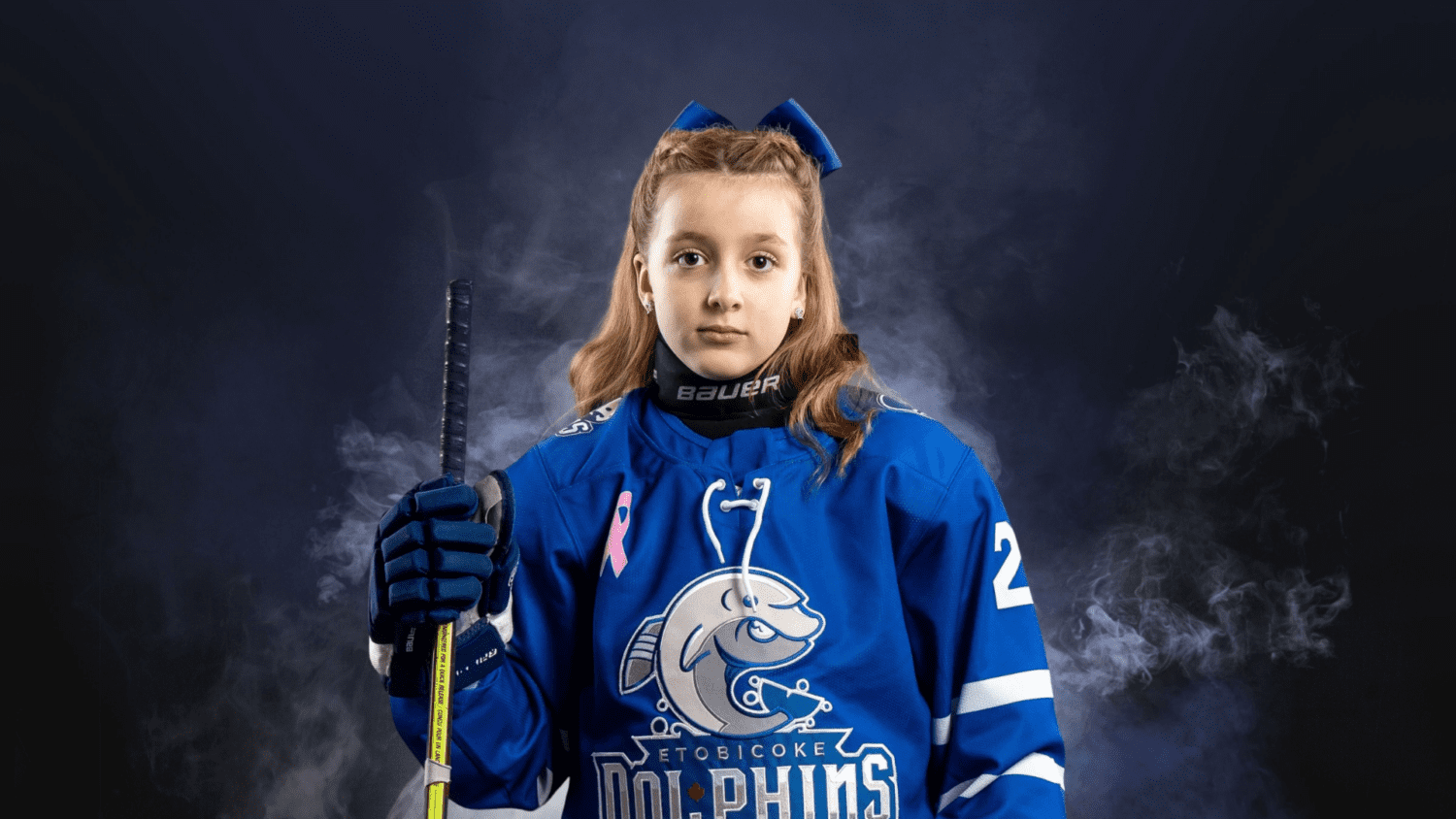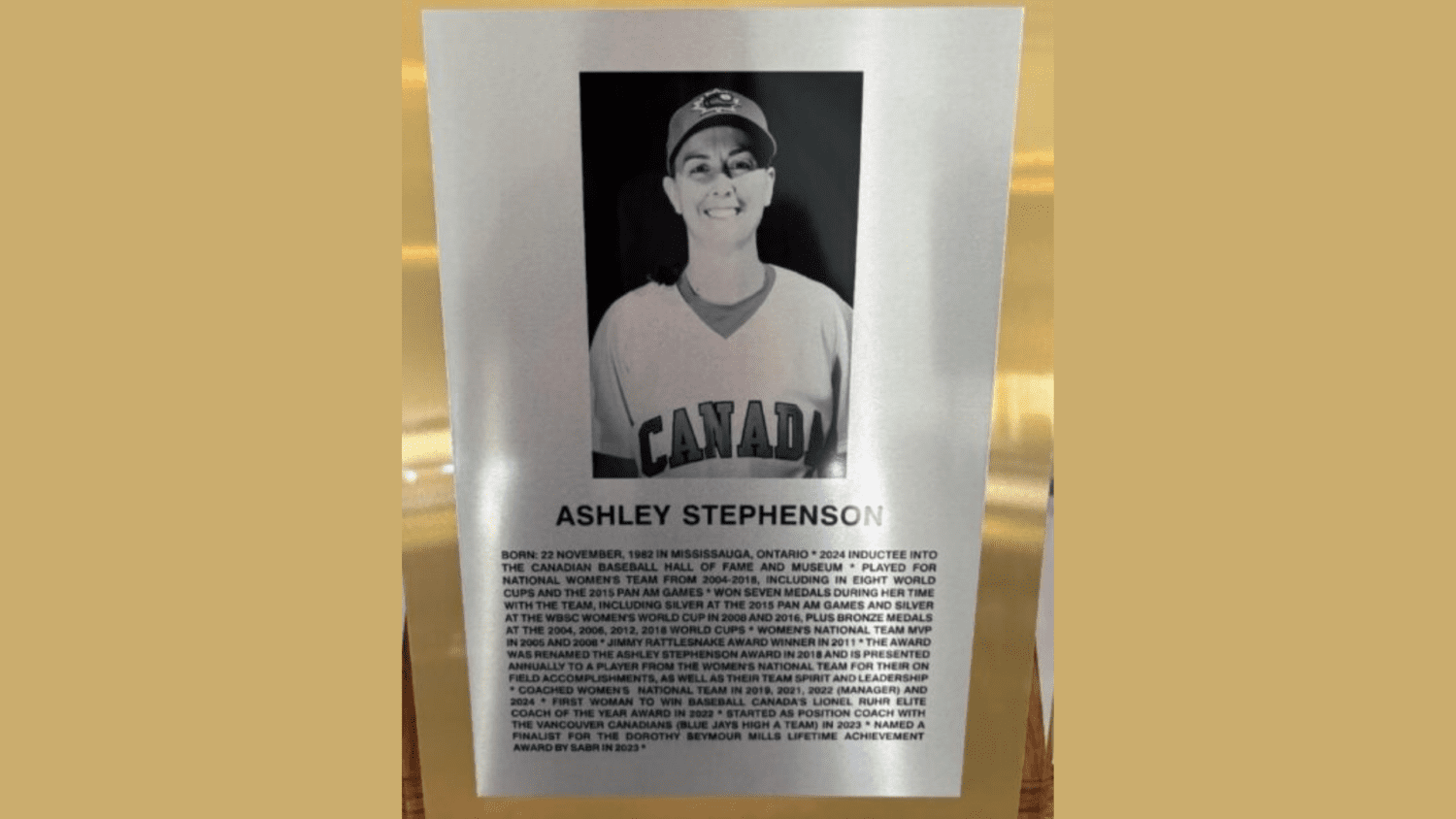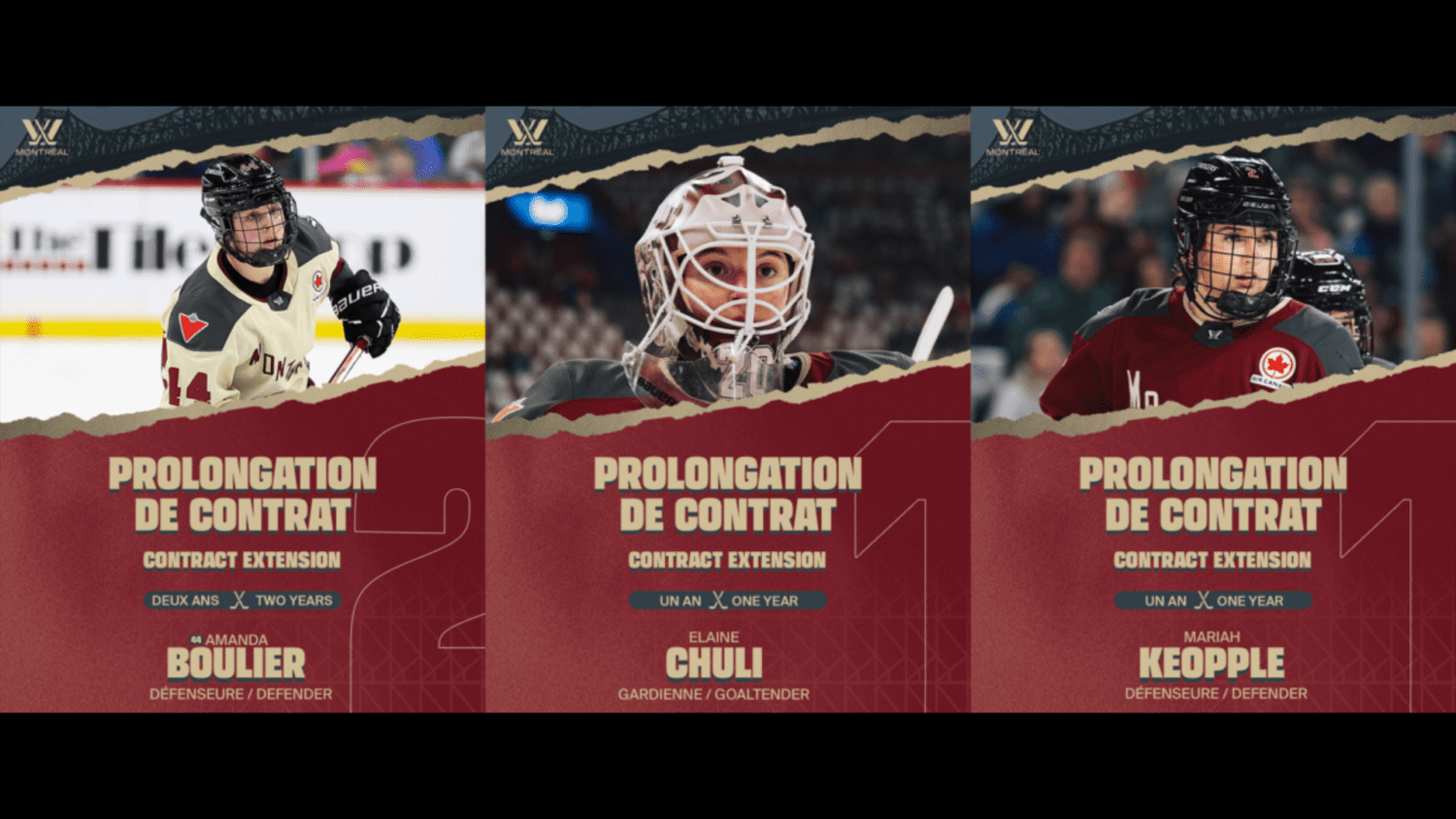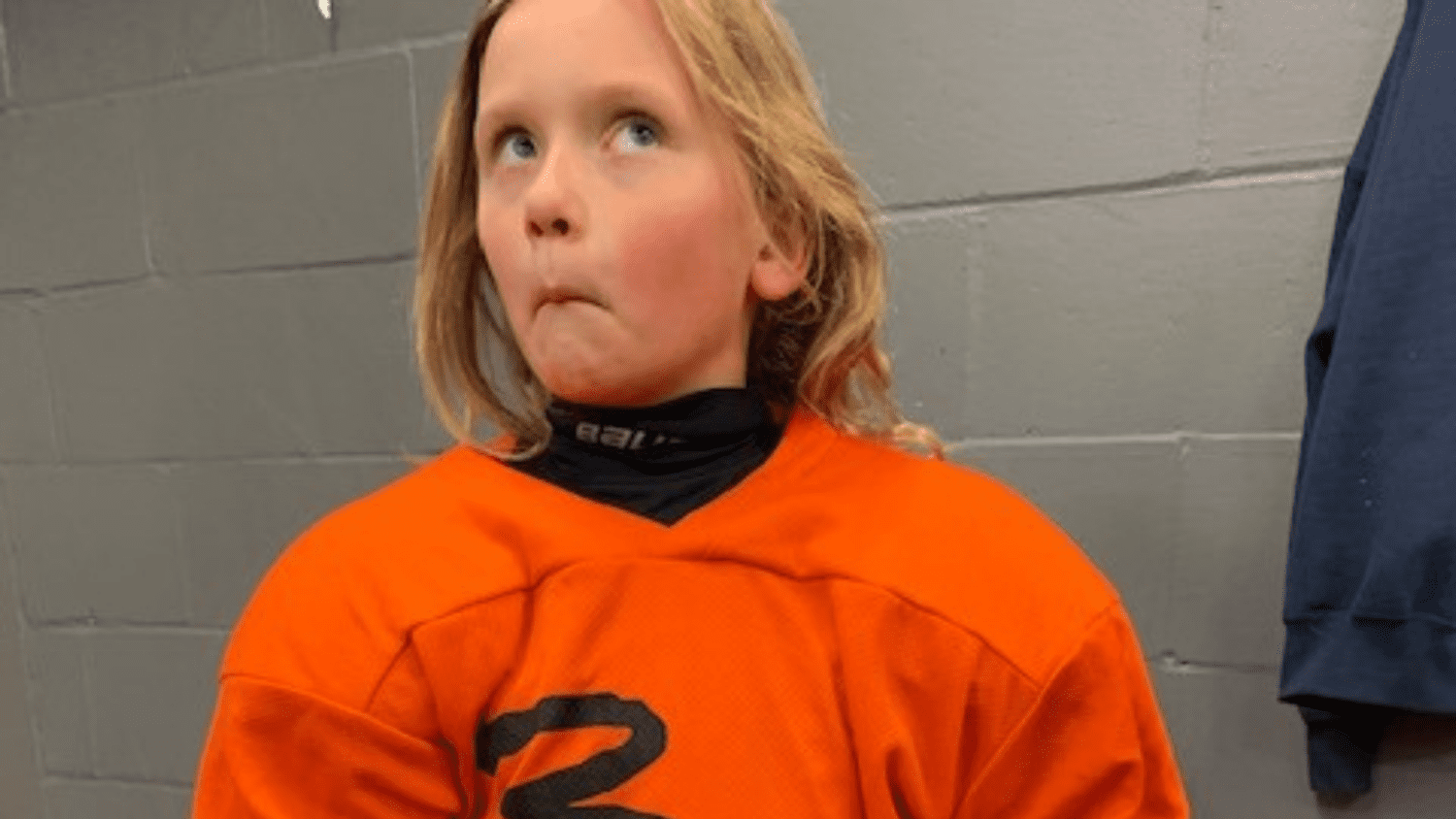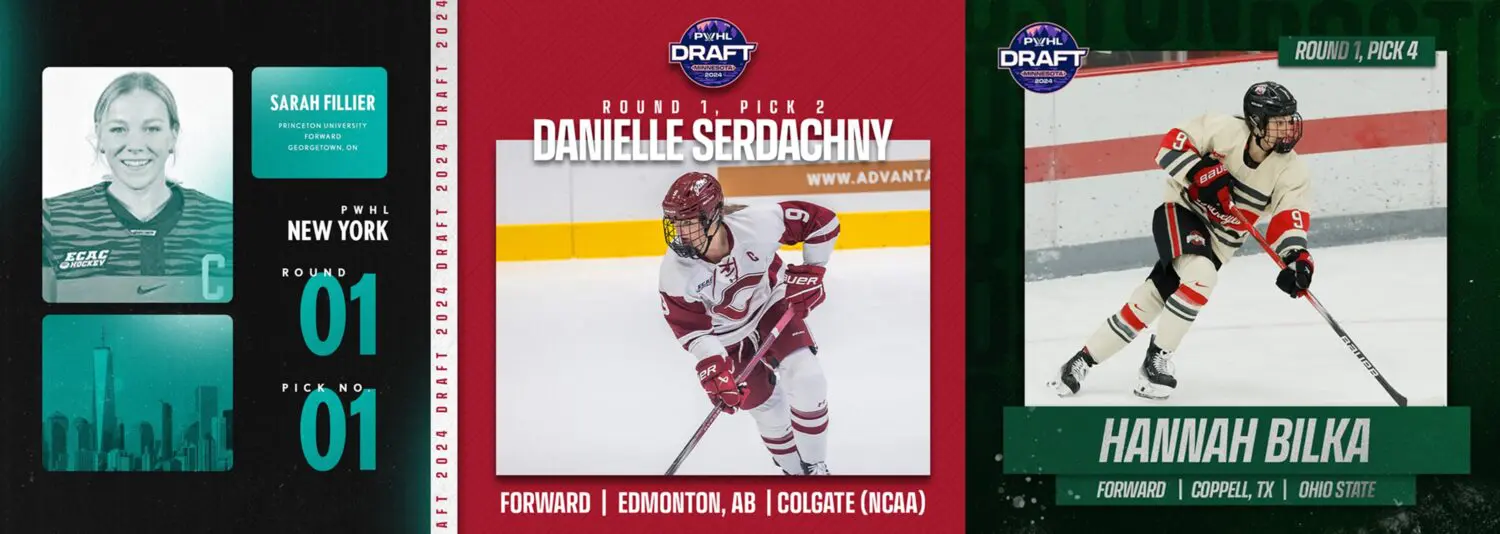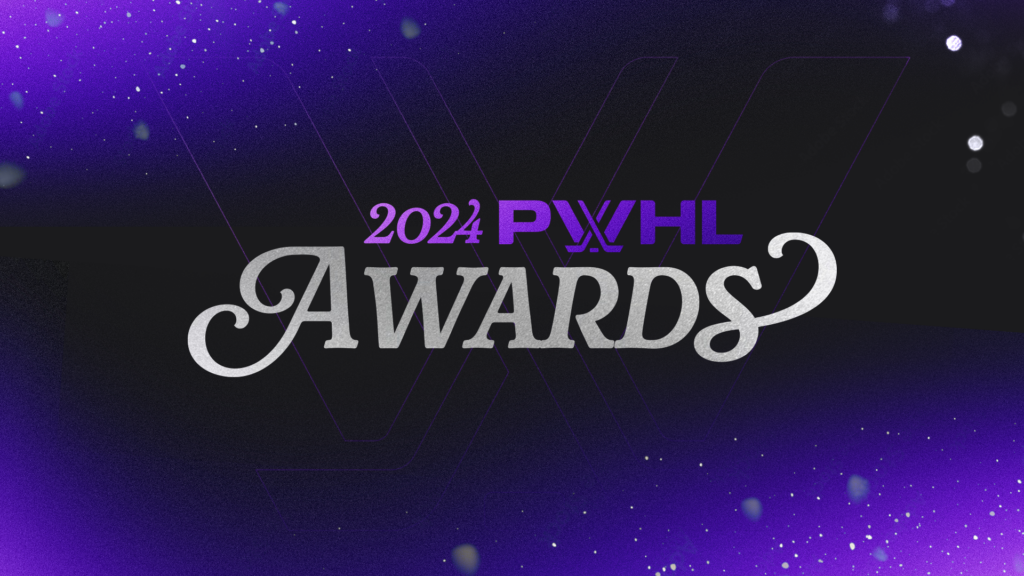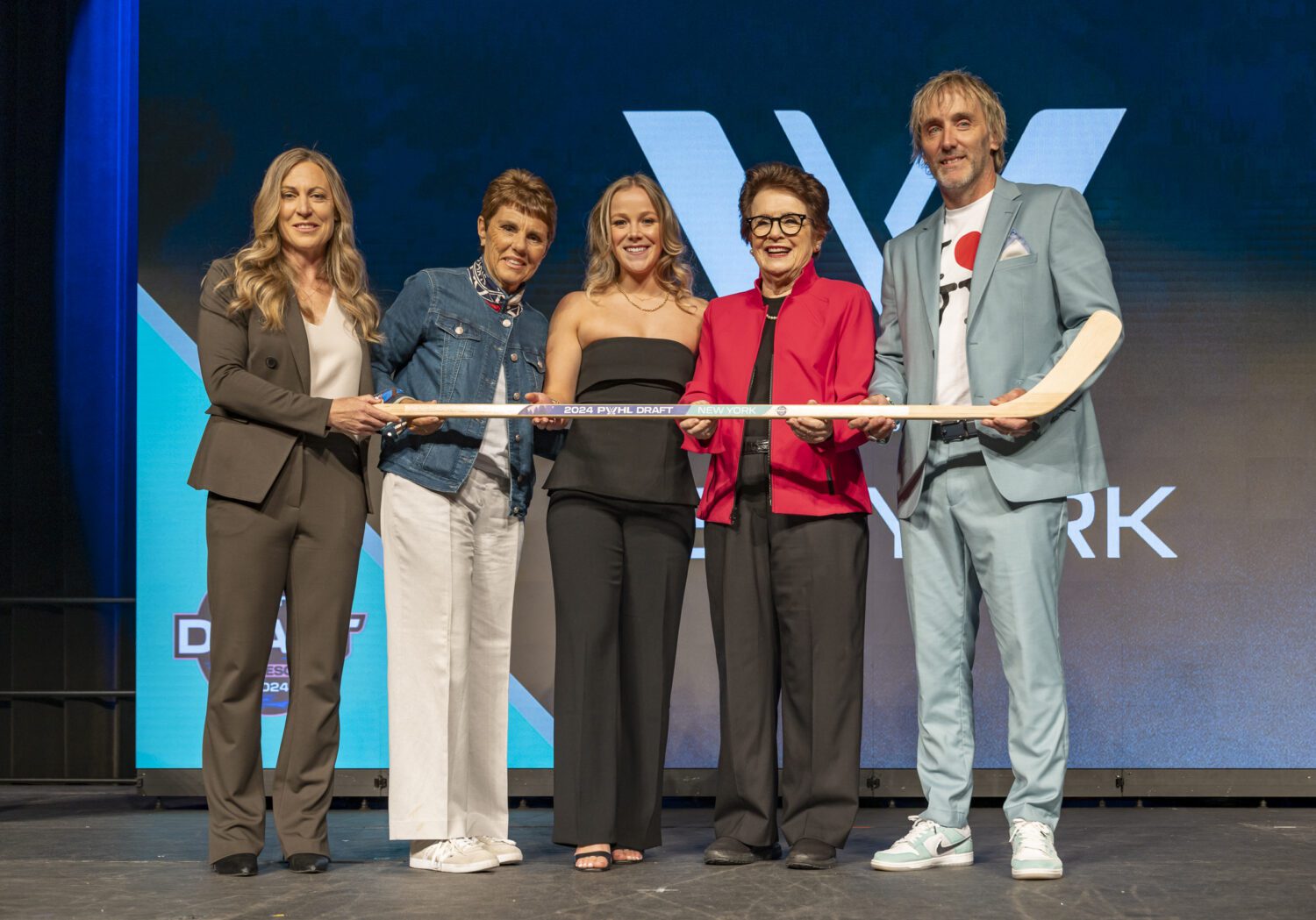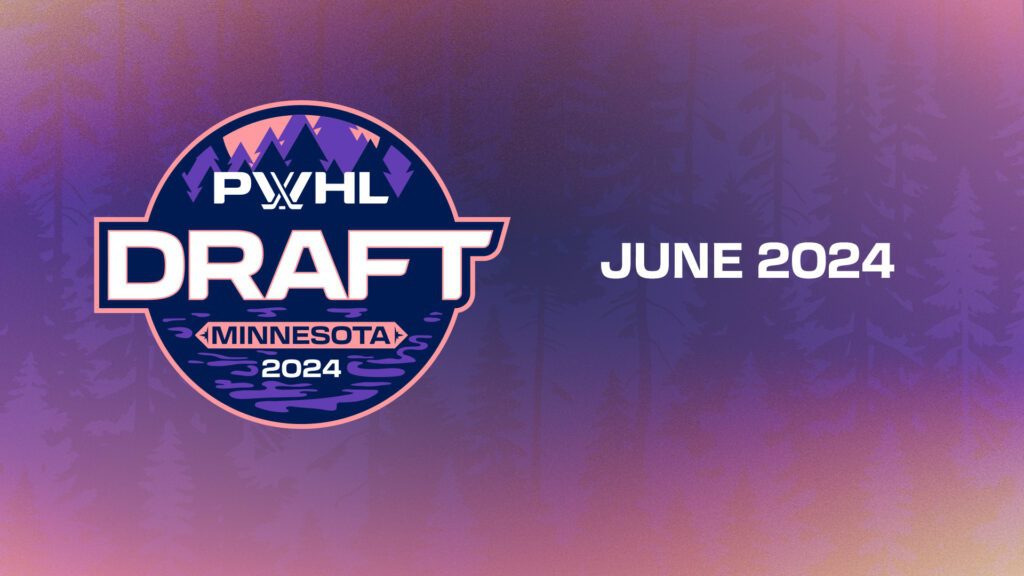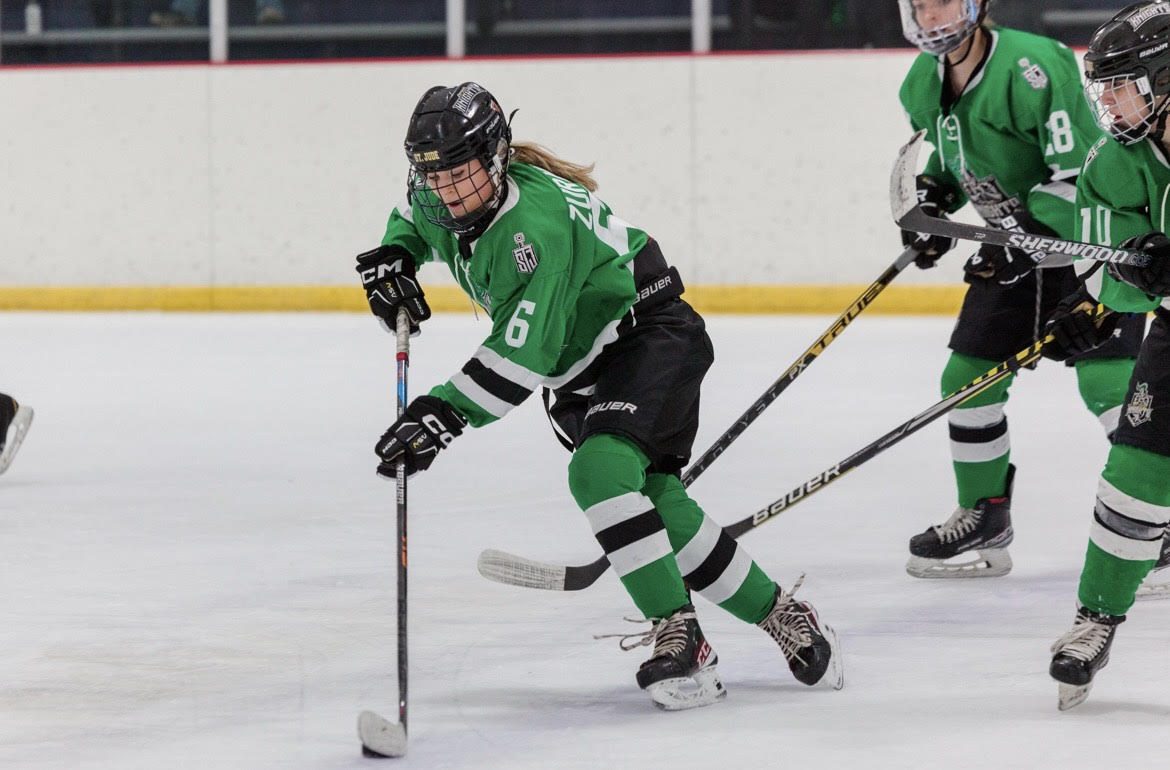With the inaugural season of PWHL hockey representing a watershed moment for the professional game, expectations will certainly increase. While the upcoming introduction of team names and logos in August is an important step forward, the remarkable level of interest in the PWHL Draft could raise the stakes for another potential hot topic.
Throughout the existence of past leagues, a feeder system never existed. With over 160 players declaring for the 2024 PWHL Draft, it represents more prospects than there are actual roster spots in the entire league itself. To a casual observer of the game, the number of prospects obviously interested in the PWHL forces the issue of a feeder system.
Considering the fact that the league is home to numerous Olympic superstars, the interest for prospective players is, understandably, very high. In a league with only six teams, those lucky enough to be selected in the seven rounds of the Draft may not even earn a roster spot. Even if the league decided to add two expansion teams, and/or increase the reserve list, it would only have short term benefits. Should another 160 players declare for the Draft in 2025, the result will be another cohort of talent not chosen.
As many more professional opportunities exist in Europe, the easiest short term solution would be for each PWHL club to partner with an overseas team, ideally in Finland and Sweden. In men’s soccer, clubs from the English Premier League enjoy partnerships with clubs the world over, highlighted by sharing talent and exhibition matches.
The concept of PWHL clubs facing off versus iconic Swedish clubs like MoDo or Brynas IF would provide plenty of intrigue. Additionally, a partnership would provide an encouraging path for prospects to pursue their careers. With all due respect, the odds of a professional sports career holds the same odds as a winning lottery ticket. Providing different avenues of access ensures that players will not give up on their hockey dreams after university.
Although not an official feeder system for the WNBA, the presence of Athletes Unlimited (AU), also a Public Benefit Corporation, has proven highly beneficial. With a five-week basketball season taking place in one city (similar to the bubble concept from sports during the pandemic), such seasons have been contested before the launch of the WNBA season.
Such seasons have always seen a handful of WNBA players participate. Many are second or third year players gaining an opportunity to earn more playing time. Undeniably, AU basketball proved an integral strategy to having a more effective training camp in WNBA play. With AU also home to pro women’s leagues for lacrosse, soccer and softball, the possibility of a five-week hockey season in early autumn, especially for PWHL draft picks and reserve players from the previous season, is very reasonable.
Certainly, the biggest challenge to establishing a feeder system is costs. As there would be a need for six farm teams, another point of tension involves location. Would these teams need to be in the same province or state as the parent club? Or, would it be deemed better for fan interest if all the farm teams were in the same geographic location (such as Atlantic Canada), possibly creating better rivalries?
As feeder systems have been essential to the NHL since the post WWII era, farm teams a staple of the game, it is only natural that such a comparison becomes part of the conversation for the PWHL. With the AHL serving in such a capacity for the NHL, there is the possibility of a hidden benefit. Perhaps six clubs from the AHL (Belleville, Laval, Milwaukee, Providence, Syracuse, Toronto Marlies) could establish sister teams in order to develop PWHL prospects. Certainly, the AHL already has an infrastructure in place, therefore, the possibility of co-branding and exhibitions holds the potential for a win-win.
With due deference, although the PWHL has many priorities, the concept of a feeder system will likely not disappear. As the Olympics approach in 2026, the number of prospects will only grow, potentially elevating the need. Realistically, the league will need to employ the approach of thinking outside the box. Should formal partnerships with European teams prove to be more cost efficient, while helping raise the league’s profile overseas, going ahead would admirably demonstrate action. As long as fans feel that issues are acknowledged and that an effort is being made, the cultural currency generated will prove highly valuable.
Disclaimer: The views expressed are those of the author and do not reflect the views of the ownership and/or management of Women’s Hockey Life.
[adrotate group=”1″]
Related Articles
Categories
Recent Posts
[adrotate group=”2″]


